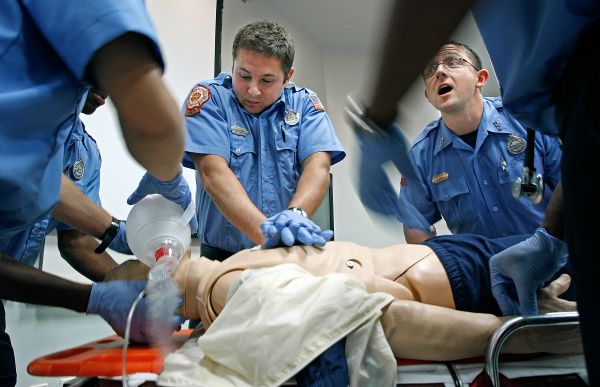Paramedics are entirely different from a nurse. But they are healthcare professionals, who are concentrated with giving pre-hospital care such as doing first aid.
But paramedics work mainly at the location of an emergency as part of an emergency first response team. Most of the time, they are working closely with an ambulance unit, or with medical technicians before a patient outside a hospital. Paramedics have working relations with a variety of medical organizations, and their services may vary depending on the company’s system.
Their role has evolved over time along with the expansion of diversified practices, from providing basic health care to specialized medical assessments. Part of the evolution of paramedics are their involvement with the community. In some extreme cases, a paramedic is an essential part of a rescuing team, included as part of an aviation medical mission perhaps, where they would transport a patient through a chopper to receive medical attention from a nearby hospital.
In other instances, paramedics have replaced the roles of physicians, nurses and even medical technicians in rescuing patients, such as in the event of a calamity or in giving medical assistance on critical areas. Paramedics often work hand in hand with police officers, marine doctors, army engineers, or search and rescue teams. Often times they are called tactical paramedics.
A paramedic is either employed by the emergency medical arm of a municipality or a private medical organization. They could be an attachment unit with the locale’s public ambulance system, the fire department or even a community hospital. They could even volunteer on a particular project in need of medical assistance such as doing research on remote areas or an additional group of an association.
